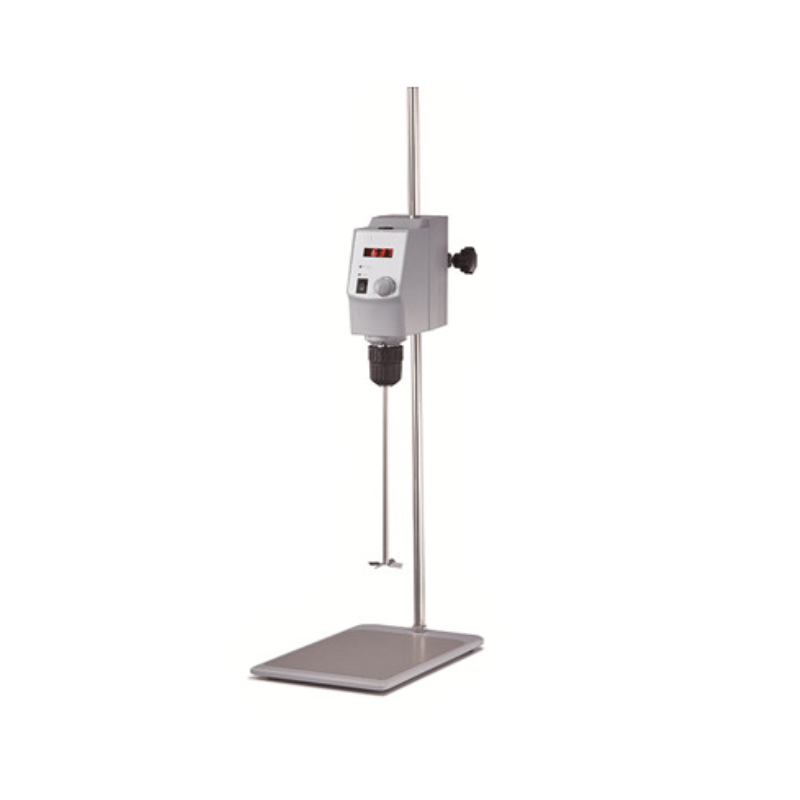Bead Beating vs. Ultrasonication vs. High-Pressure Homogenization Methods
July 10,2023
Homogenization is a crucial step in various scientific and industrial processes, including sample preparation, cell disruption, and particle size reduction. Different homogenization methods are available, each with its own advantages and limitations. In this post, we will compare three commonly used homogenization techniques: bead beating, ultrasonication, and high-pressure homogenization. By understanding their differences, researchers can choose the most suitable method for their specific applications.
I. Bead Beating
Definition and Working Principle?
Bead beating is a mechanical homogenization method that uses beads or grinding media to disrupt samples. The sample is placed in a tube or vessel along with the beads, and the mixture is agitated using a bead mill or homogenizer. The beads collide with the sample, causing mechanical shear and impact forces that break down the cells or particles.
Advantages of Bead Beating?
1. Versatility: Bead beating can be used for a wide range of sample types, including cells, tissues, and tough materials.
2. High throughput: Bead mills are available in different sizes and capacities, allowing for the processing of multiple samples simultaneously.
3. Adjustable intensity: The intensity of bead beating can be controlled by adjusting factors such as bead size, bead-to-sample ratio, and agitation speed.
4. Compatibility with different buffers: Bead beating can be performed in various buffers or solutions, making it suitable for different applications.
Limitations of Bead Beating?
1. Heat generation: Bead beating can generate heat due to the friction between the beads and the sample, which may affect heat-sensitive samples.
2. Sample loss: Some samples may adhere to the beads or the tube walls, leading to sample loss during the homogenization process.
3. Limited scalability: Bead beating may not be suitable for large-scale homogenization due to the limitations of bead mill capacity.

II. Ultrasonication
Definition and Working Principle?
Ultrasonication, also known as sonication, utilizes high-frequency sound waves to disrupt samples. The sample is immersed in a liquid medium, and ultrasonic waves are applied using an ultrasonic homogenizer or probe. The waves create alternating high-pressure and low-pressure cycles, causing cavitation bubbles to form and collapse, resulting in mechanical shear forces that break down the sample.
Advantages of Ultrasonication?
1. Non-contact method: Ultrasonication is a non-contact homogenization method, reducing the risk of cross-contamination between samples.
2. Efficient and rapid: Ultrasonication can achieve homogenization in a short period, making it suitable for time-sensitive applications.
3. Scalability: Ultrasonic homogenizers are available in different sizes, allowing for scalability from small-scale to large-scale homogenization.
4. Compatibility with various solvents: Ultrasonication can be performed in different solvents or buffers, providing flexibility for different sample types.
Limitations of Ultrasonication?
1. Temperature increase: Ultrasonication can generate heat, especially during prolonged sonication, which may affect heat-sensitive samples.
2. Limited penetration depth: Ultrasonic waves have limited penetration depth, making it more suitable for samples with a smaller volume or thickness.
3. Potential sample damage: Intense ultrasonic waves can cause sample damage, especially for delicate or sensitive samples.
III. High-Pressure Homogenization
Definition and Working Principle?
High-pressure homogenization involves forcing samples through a narrow gap or valve at high pressure to achieve homogenization. The sample is pumped into the homogenization chamber, where it passes through a small orifice or valve, resulting in intense shear forces that disrupt the sample.
Advantages of High-Pressure Homogenization?
1. Efficient disruption: High-pressure homogenization can achieve efficient disruption of cells or particles, resulting in high-quality homogenates.
2. Scalability: High-pressure homogenizers are available in different sizes, allowing for scalability from small-scale to large-scale homogenization.
3. Temperature control: Some high-pressure homogenizers offer cooling systems to control the temperature during the homogenization process.
4. Adjustable pressure: The pressure can be adjusted to optimize the homogenization efficiency for different sample types.
Limitations of High-Pressure Homogenization?
1. Equipment cost: High-pressure homogenizers are generally more expensive compared to other homogenization methods.
2. Sample loss: Some samples may adhere to the homogenization chamber or valve, leading to sample loss during the process.
3. Limited compatibility with viscous samples: High-pressure homogenization may not be suitable for highly viscous samples due to the limitations of the equipment.
Bead Beating, Ultrasonication, and High-Pressure Homogenization Fit Different Homogenization Way
Bead beating, ultrasonication, and high-pressure homogenization are three commonly used homogenization methods, each with its own advantages and limitations. Bead beating offers versatility and high throughput, while ultrasonication provides a non-contact and rapid homogenization option. High-pressure homogenization excels in efficient disruption and scalability. By considering the specific requirements of their samples and applications, researchers can select the most suitable homogenization method to achieve optimal results.